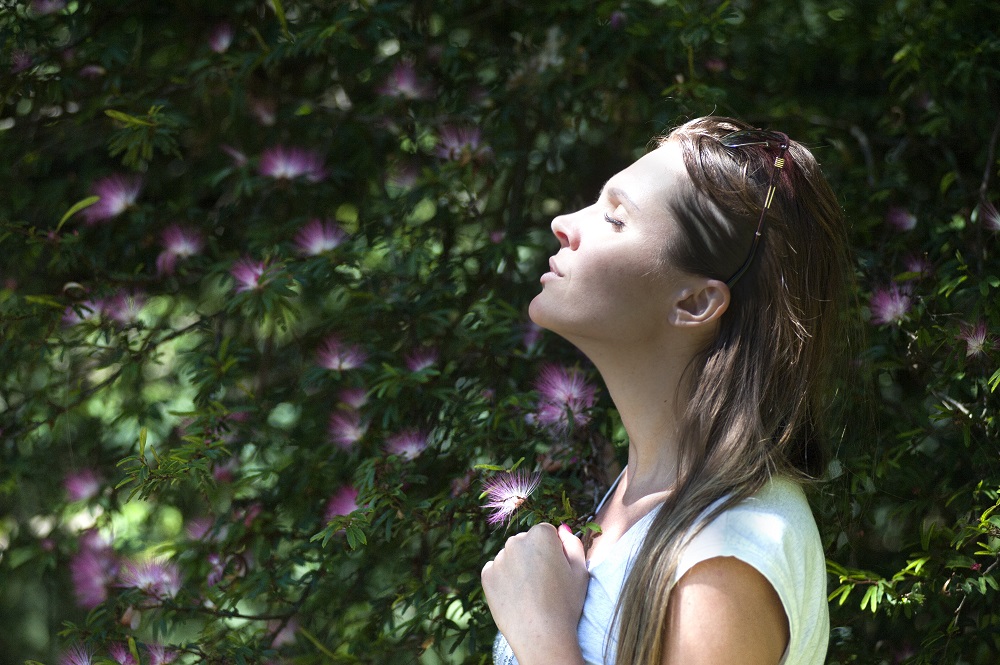Understanding and Embracing Mindfulness

Mindfulness – it seems like we’re hearing it everywhere these days, in schools, hospitals, workplaces and therapy offices. If you are not sure what mindfulness is, join the crowd – you are in good company!
What is it?
Simply put, mindfulness is the state of being aware of what’s going on both inside and outside of us in the present moment – our thoughts, emotions, bodily sensations, and everything around us. Scientists have studied the use of mindfulness in an array of settings and applications over the past 30 years. There is a large and growing body of scientific evidence of its benefits, which is well-documented in journals and papers.
What happens without it?
During our daily lives of frantic rushing, sensory overload and balancing multiple priorities, there may be an accumulation of tension, or a last straw that pushes us over the edge. The human brain perceives a threat and reacts accordingly, resulting in changes in our brain chemistry and functioning. We may feel amped up, anxious or panicky, or have a short fuse. Muscles may be clenched. We are poised, ready to react, hide, or retreat. Memory and critical thinking become inaccessible as we react to the perceived threat in the predictable ways – yelling at our kids, fighting with our spouse or partner, or disengaging altogether.
How does mindfulness help?
Practicing mindfulness, bringing our awareness into the present moment, allows us to take steps to calm ourselves and regulate our emotions. For adults, this may mean that as we realize we’re feeling distressed, we respond by slowing down and focusing on each in and out breath. When we lose our concentration and notice that angry or anxious thoughts or feelings have intruded, we consciously return our attention back to our breathing, which acts as a kind of anchor in a storm. We remind ourselves not to act until we are calmer.
As we slow or stop the flow of thoughts that feed the perception of threat, our brain chemistry and functioning improve and we begin to think more clearly, giving us a better chance of responding in an effective manner.
What about children?
Concentration and emotional regulation are human functions that have been found to benefit from increased mindfulness, and both are pivotal in a child’s emotional and cognitive development and success in school. Mindfulness, or awareness, is a skill that can be practiced and learned, by ourselves and our children. One of the most powerful ways we give mindfulness to our children is by modelling for our kids, being aware of and calming our own distress. We can’t stop the dreaded melt-down before bedtime, but if we catch ourselves starting to feel frustrated, we may be able to avoid having our own meltdown, and our children will benefit.
We can teach mindfulness to children in simple, playful ways. Can they identify five different sounds in a given moment? That’s mindful listening. Could you elicit from your child what he or she is feeling at some point before, during or after their tantrum? Maybe they could describe what happiness feels like in their body, or eat an ice cream in mindfulness, noticing the texture and taste, and the way their throat feels, as it goes down. During exams, they can become aware of anxiety or stress and use mindfulness to calm and to better concentrate. Or perhaps they could use mindfulness to notice what they are doing in a given moment and reverse courses to get a better outcome.
Over time, as we practice coming mindfully into the present moment, our bodies and minds develop the habit of stopping, observing, calming. When we can quiet the chatter in our mind, when we can briefly abandon our angst about the future, or regrets about the past, we reclaim our power.
